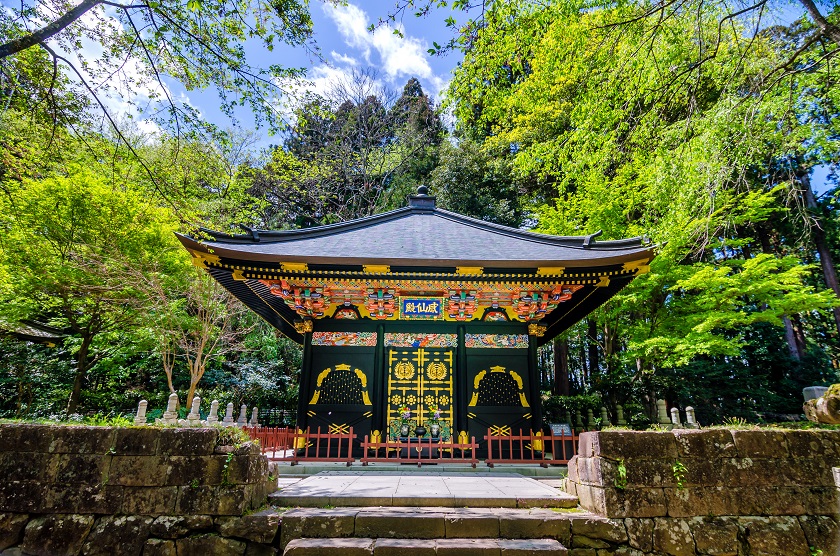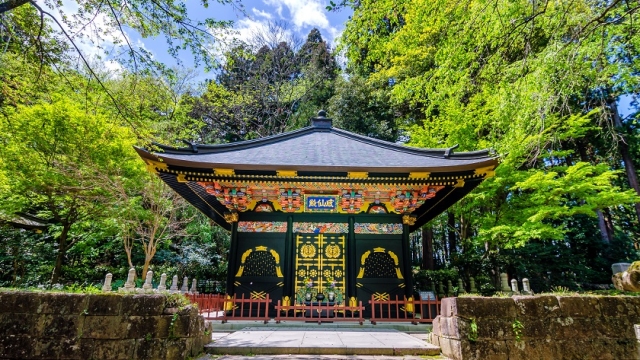
In the heart of Japan lies a profound spiritual heritage, intricately woven into the fabric of everyday life. Shinto shrines, with their serene landscapes and timeless architecture, stand as gateways to the natural world and the divine. As one walks through the towering torii gates, they are invited into a realm where the whispers of the kami echo softly, blending the sacred with the tranquil beauty of nature.
These sacred spaces serve not only as places of worship but also as sanctuaries for reflection and connection. The carefully curated gardens, the gentle rustle of leaves, and the delicate sound of water flowing create an atmosphere that encourages visitors to pause and embrace the serenity. Each shrine tells its own story, offering insights into the rich tapestry of Shinto beliefs while providing a peaceful retreat from the bustling modern world.
History and Significance of Shinto Shrines
Shinto shrines have a deep-rooted history that dates back to ancient Japan, evolving alongside the country’s culture and spiritual beliefs. Originally, these sites were natural phenomena such as mountains, rivers, and trees, which were believed to be inhabited by kami, or spirits. As Japanese society progressed, these sacred sites began to transform into more defined structures, reflecting the growing reverence for the kami and the need for a communal place to honor them. The earliest recorded shrines emerged during the Yamato period, and by the 7th century, their significance had solidified, becoming integral to both religious practices and the identity of local communities.
Throughout Japan’s history, Shinto shrines have played a crucial role in fostering a sense of national identity and cultural continuity. They served as places for rituals and festivals, which allowed communities to come together, celebrate seasonal changes, and pay homage to the kami. The architecture of these shrines often embodies traditional Japanese aesthetics, emphasizing a deep connection to nature and simplicity. Each shrine is distinct, with unique features that reflect regional characteristics and historical influences, thus weaving a rich tapestry of local tradition into the fabric of Shinto practices.
In modern times, Shinto shrines continue to hold significant cultural importance. They are not only places for worship but also serve as sites for various life events, from weddings to the celebration of New Year’s traditions. As Japan faces the challenges of modernization, these shrines stand as steadfast symbols of heritage, offering a serene escape and a reminder of the spiritual ties to the past. Their preservation is vital, as they embody the essence of Shinto beliefs, underscoring the ongoing relevance of spiritual practice in today’s society.
Architectural Elements of Shinto Shrines
The architectural design of Shinto shrines is deeply rooted in tradition, reflecting the spiritual values and aesthetics of Japanese culture. One of the most distinctive features is the torii gate, which marks the entrance to a sacred space. These gates, often made of wood or stone, symbolize the transition from the mundane to the sacred and invite visitors to leave their worldly concerns behind. Each torii, with its simple yet elegant lines, sets the tone for the serene experience that lies ahead.
Another key element of Shinto shrine architecture is the honden, or main hall, which houses the kami, the deities worshipped in Shinto. The honden is often elevated on a platform and characterized by its thatched or tiled roof, adorned with intricate carvings and decorations that showcase craftsmanship. The design often incorporates natural materials, allowing the structure to harmonize with its natural surroundings. The simplicity and clarity of the honden convey a sense of peace and reverence that is integral to the shrine experience.
Finally, the overall layout of a Shinto shrine is meticulously planned to enhance spiritual engagement. Pathways lead visitors through lush gardens and stone lanterns, creating a journey that encourages reflection and connection with nature. Water basins, or temizuya, are situated near the entrance for purification, allowing individuals to cleanse themselves before entering the sacred space. This thoughtful arrangement of architectural elements fosters a tranquil atmosphere, inviting visitors to immerse themselves in the sacred serenity that Shinto shrines embody.
Rituals and Practices at Shinto Shrines
At Shinto shrines, rituals and practices play a central role in connecting worshippers with the kami, the divine spirits revered in Shinto belief. One of the most common practices is the purification ritual known as temizu. Visitors approach a water basin called a temizuya, where they cleanse their hands and mouths before entering the sacred space. This act of purification symbolizes the removal of impurities and prepares the individual for a respectful encounter with the kami, honoring both the sanctity of the shrine and the spiritual etiquette inherent in Shinto.
Another significant ritual is the offering, or shinsen, which involves presenting food, sake, or other items to the kami. These offerings are placed on an altar called a sh altar and signify gratitude, respect, and the desire for blessings. Seasonal festivals, or matsuri, are also prominent at Shinto shrines. These celebrations often involve traditional music, dance, and processions, bringing together the community to honor the kami and reinforce social bonds. Participation in these festivities allows individuals to express their devotion and to celebrate the cyclical nature of life and agriculture, aligning with the rhythms of nature celebrated in Shinto.
Shinto Shrines In Japan
Lastly, a common practice is the act of prayer, or norito, which takes place in front of the shrine’s main hall, or honden. Worshippers bow, clap, and make their requests or express gratitude to the kami. This intimate practice fosters a personal connection to the divine and a sense of peace and serenity. The rituals and practices at Shinto shrines not only reflect deep cultural traditions but also serve to guide individuals towards a harmonious existence with themselves, the community, and the natural world around them.
The Role of Nature in Shinto Beliefs
In Shinto, nature is revered as a direct manifestation of the divine. The belief system emphasizes that every element of the natural world, from the tallest mountains to the smallest streams, is imbued with kami, the spirits or deities that inhabit specific natural features. This perspective fosters a deep respect for the environment, encouraging adherents to cultivate a harmonious relationship with the land. Shinto shrines are often situated in locations that highlight the beauty and sanctity of nature, such as near sacred trees, waterfalls, or mountains, which serve as sites for worship and reflection.
Natural elements play a significant role in Shinto rituals and practices. For instance, rituals often include offerings of rice, sake, and seasonal produce, symbolizing gratitude for the bountiful gifts provided by nature. The changing seasons are celebrated through various festivals, which are deeply tied to agricultural cycles and reflect the community’s relationship with their environment. These celebrations reinforce the idea that the kami are not distant forces but integral aspects of daily life, highlighting the interconnectedness of humans and nature.
Furthermore, the architecture of Shinto shrines itself embodies natural aesthetics. Traditional shrines use materials such as wood and stone, blending seamlessly with their surroundings to create spaces that promote tranquility and contemplation. The design of these spaces encourages visitors to experience the serenity of nature, fostering a sense of peace that allows for spiritual reflection. By immersing themselves in these sacred environments, individuals find a deeper connection to both the kami and the natural world, reaffirming the belief that nature is an essential component of Shinto spirituality.





